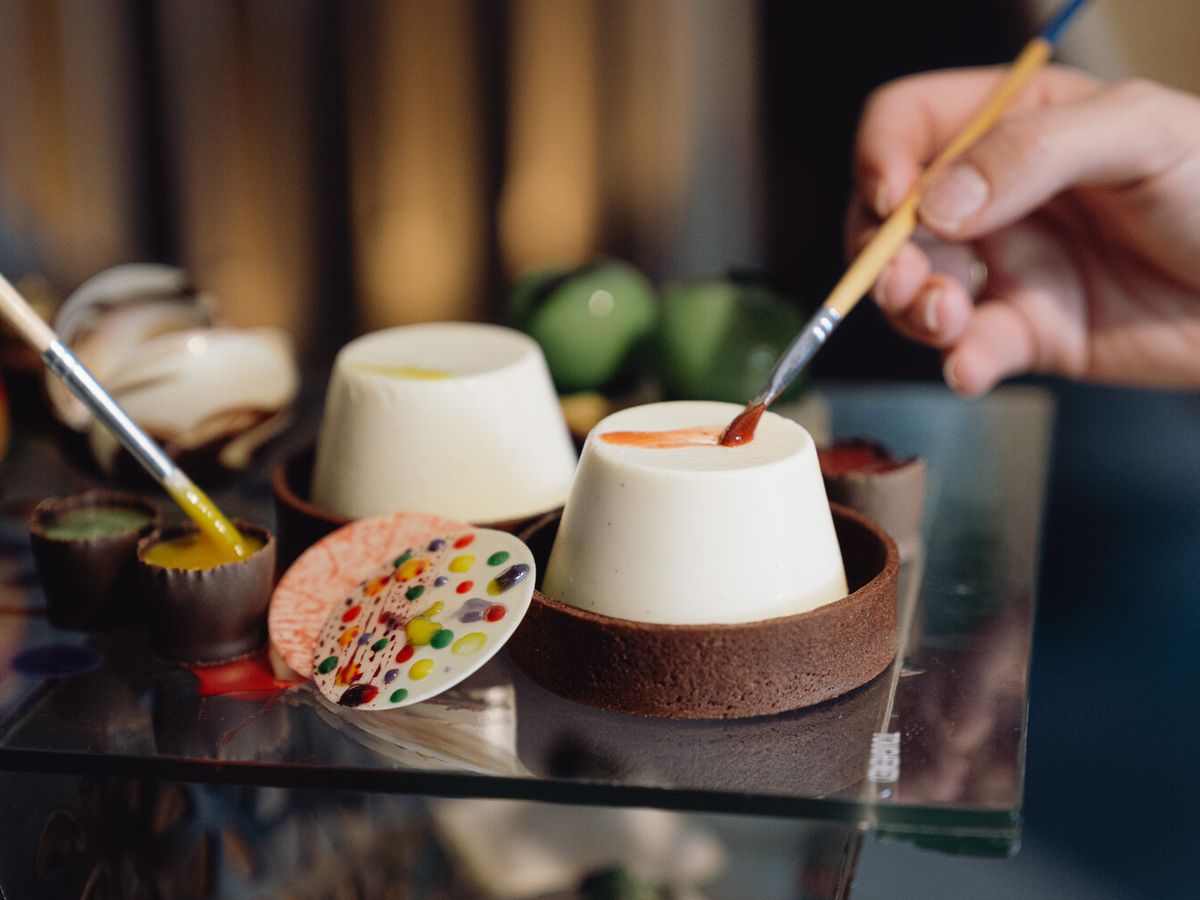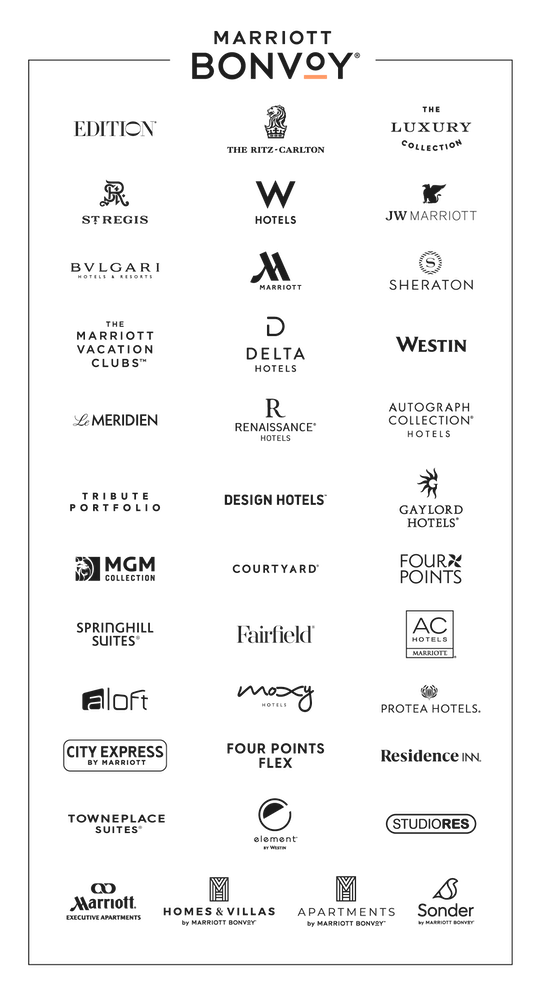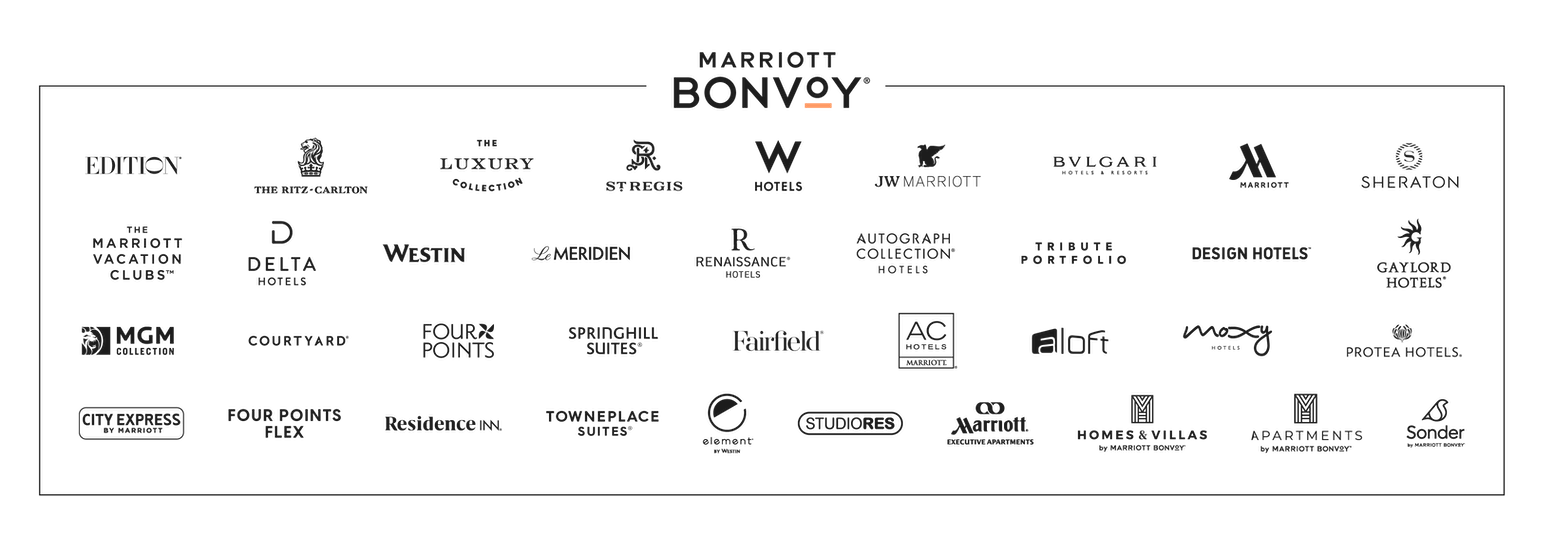The Five Senses of Meetings: Make Your Event More Tasteful
Even the simplest of meetings has something you can taste, even if it’s as humble as a cup of coffee. That ubiquity means that taste is already a part of every meeting you’re planning. Why not use the gustatory senses to level up your meetings?
Having delicious food and drinks on hand is part of the equation (and it won’t earn you any complaints). But leveraging the morsels you offer to maximize your meeting’s impact will make your event all the sweeter. Here are five ways to get started.
For ways to bring the other senses into your events, visit the other articles in this series: sight, sound, touch, and smell.


Test your taste buds
A taste test requires participants to focus their senses so they can discern one variety of whatever they’re tasting from another—making it a great exercise for priming people to truly pay attention to the moment. An expert-led tasting educates attendees on the treat in question, but it’s not your only option. Try setting up stations, each hosting a different variety of the featured item, and let guests draw their own conclusions. (You can also up the ante and make it a blind taste test, then give out prizes to the people who guess the most ingestibles correctly.) As for what to taste: Wine and chocolate tastings are perennial favorites, but you can get creative. Tasting the differences in everyday items—honey, salt—can reveal exactly how attuned we are to subtle variations in flavor.
Make standard snacks sensational
Sometimes it’s not the destination that matters, but the journey. Let that guide a taste voyage, by offering a relatively simple snack that’s served or prepared in an interesting fashion. Try a station using liquid nitrogen to make popcorn or ice cream, for example. Even just serving food in a heightened manner can make your event more memorable, whether that’s serving meals under cloches, using edible presentations, or deploying bento boxes.


Get attendees’ hands dirty
Who doesn’t love a sundae bar? True, everybody loves a sundae, but the joy of a sundae bar is getting a chance to build your own dessert without the effort of gathering ingredients. You can extend that thinking to pretty much any otherwise standard menu offering, elevating it beyond the item itself. Hot dogs with all the toppings, lemonades with a choice of herbal infusions, and, sure, sundaes—the point is to let guests build it themselves, not just serve it to them as is.
Withhold taste
Preventing people from tasting can call attention to the gustatory senses just as much as feeding them. At a 2022 fundraiser for Design Industries Foundation Fighting AIDS, the New York School of Interior Design built a tiered faux serving structure with expensive foods stationed at the top, literally untouchable. This particular execution was designed to call attention to food inequality, and the concept could apply to any meeting with a theme centering on scarcity—or, on the opposite end, desire. (Just make sure you eventually feed your attendees, even if you play tricks with priming their palates.)
Match your menu to your meaning
Catering offers you the opportunity to underscore your meeting’s mission in a visceral way. Hosting an event marking an anniversary milestone—say, an association’s 50th anniversary? Plan around foods popular in the 1970s, such as Watergate salad and fondue. Want to call attention to your host city’s history? Plan a menu around that city’s heritage. If other menu considerations limit your ability to go off the grid, get creative with naming. For the Florida Dental Association’s 2022 convention, the “Sea Vibes” theme meant there was plenty of seafood on offer. But simply renaming the salad bar “Poseidon’s Power Greens Salad Bar” kept seafood-averse folks sated while remaining on theme.



